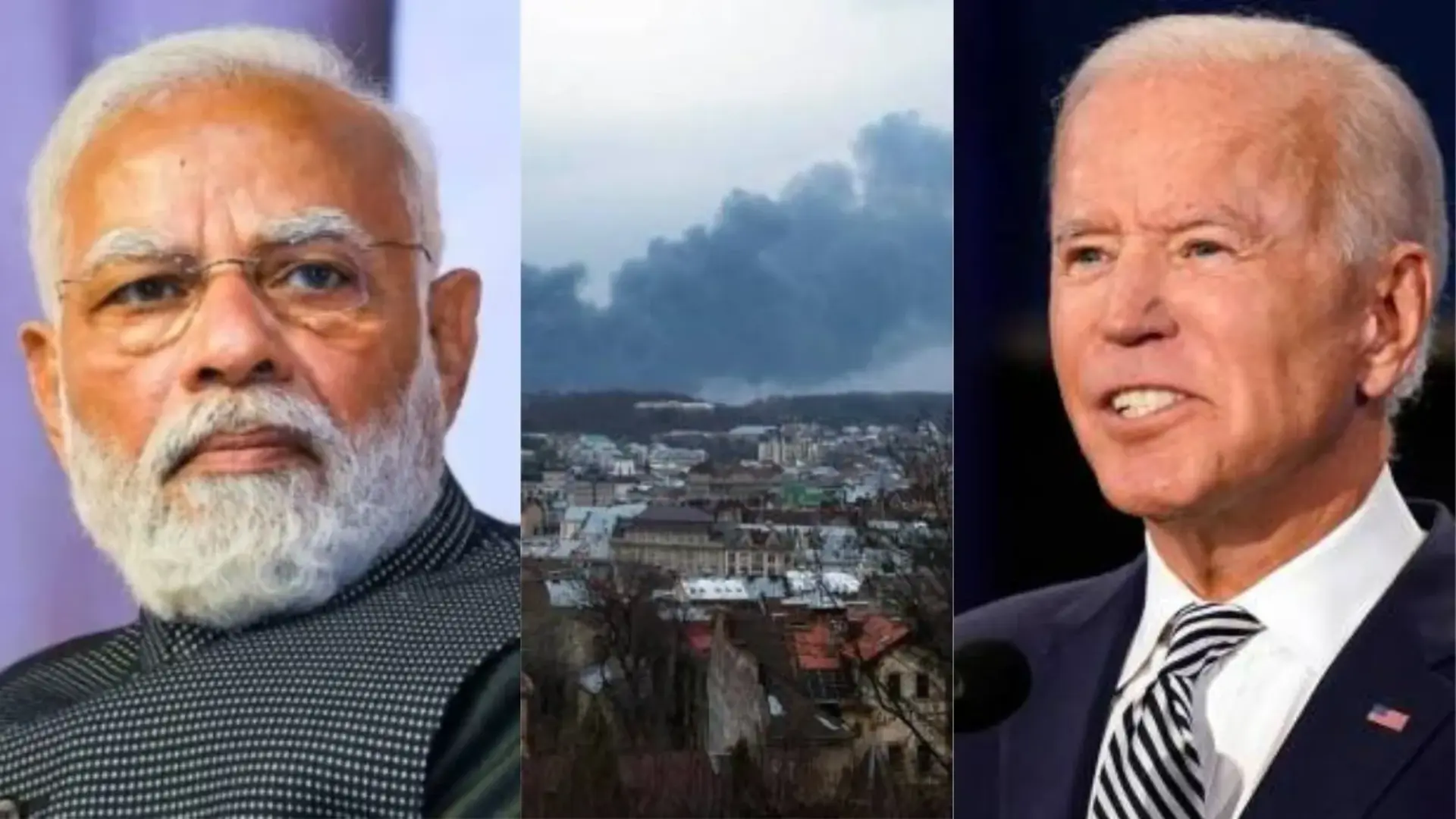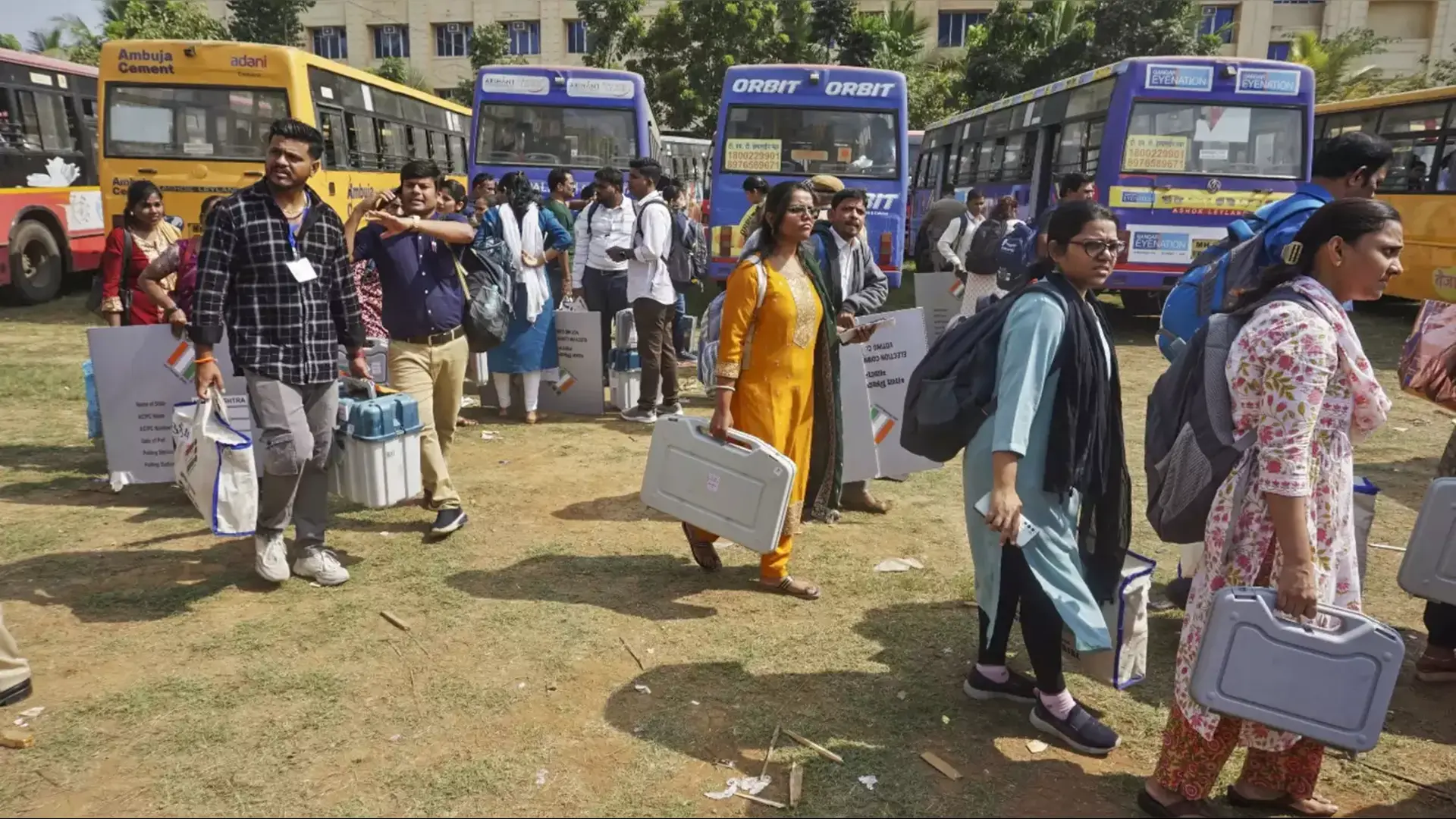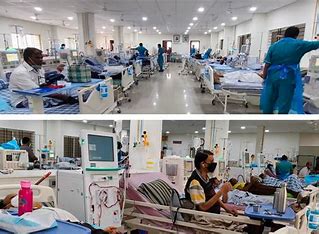
While ruling on a very significant legal topic pertaining to the evidentiary value of extra-judicial confession, the Gauhati High Court has in a most laudable, learned, logical, landmark
and latest judgment titled Radhanath Tanti Jorhat vs The State of Assam Rep by PP, Assam in Case No. CRL.A(J)/43/2019 that was heard on January 5 and then finally pronounced on
January 10, 2023 has very rightly reiterated that extra judicial confession is a weak piece of evidence and it has to be corroborated by cogent and reliable evidence. It must be disclosed here that the observation as mentioned above was made by the Gauhati High Court while setting aside the conviction and life sentence of applicant under Section 302 of IPC by the Trial Court. It also certainly merits mentioning here that the Division Bench of Hon’ble Mr Justice Suman Shyam and Hon’ble Mr Justice Parthiv Jyoti Saikia have stated unequivocally that the Trial Court has erred in accepting the uncorroborated extra judicial confession allegedly made by the accused to witness Chandan Tanti. At the very outset, this brief, brilliant, bold and balanced judgment authored by Hon’ble Mr Jus- tice Parthivjyoti Saikia for a Division Bench of the Gauhati High Court
comprising of Hon’ble Mr Justice Suman Shyam and himself sets the ball in mo-
tion by first and foremost putting forth in para 2 that, “This appeal is preferred against the judgment and order dated 06.12.2018 passed by the Addl. Sessions Judge (FTC), Jorhat in Sessions Case No.56/2016 whereby the appellant was convicted under Section 302 of the Indian Penal Code and sentenced to undergo rigorous imprisonment for life and with fine with default stipulations.” As we see, the Division Bench then observes in para 3 that, “On 16.11.2015,
Sri Gopi Tanti had lodged an FIR before police alleging that on the previous night i.e. on 15.11.2015, his brothers Radhanath Tanti (the appellant) and Jagannath Tanti had a quarrel and thereafter, Radhanath Tanti confessed before him that he had killed Jagannath Tanti by hitting himon his head with a metate (grinding stone).” Simply put, the Division Bench then states in para 4 that, “The dead body of the deceased was subjected to post-mortem examination. The doctor opined that the cause of death was due to comma as a result of the injuries sustained on the head. The doctor further opined that the injuries were ante- mortem and caused by blunt force impact.” To be sure, the Division Bench then mentions in para 6 that, “In course of trial, the prosecution side examined as many as 8 (eight) witnesses including the police investigating officer and the doctor who had performed post-mortem examination upon the dead body of the deceased. The defence plea is of total denial. Finally, on the basis of the evidence on record,
the trial court arrived at the impugned finding.”
To put things in perspective, the Division Benchenunciates in para 8 that,“The first prosecution
witness to be examined is the informant Gopi Tanti (PW-1). He has stated in his evidence that the appellant and the deceased used to reside in houses situated at about 50 meters away from his house. Gopi Tanti further stated that he did not know how his brother, the deceased died. He has quoted one Chandan Tanti (PW-2) as telling him that theappellant and the deceasedhad a quarrel at night and on the next morning, the appellant had told him that he had killed the deceased.
Gopi Tanti has stated that he along with the PW-2 immediately went to the police station and lodged the FIR (marked as Ext-1.). Gopi Tanti also gave a state-
ment under Section 164 CrPC which is marked as Ext.3.” Further, the Division
Bench discloses in para 9that, “During cross-exam-
ination, Gopi has statedthat his deceased brotherJagannath Tanti was suffering from epilepsy andon frequent occasions, hissustained epileptic fits. Gopi Tanti has stated that
Jagannath Tanti used to call whenever he had epileptic fits. Gopi Tanti has dis-
closed that at the relevant time of occurrence he did not hear any hue and crythough the house of the deceased is situated very near to his house.” Furthermore, the Divi- sion Bench lays bare in para 10 stating that, “The second prosecution witness is Chandan Tanti (PW-2). He has stated in his evidence that one morning the appellant came to his house and told him that he was
sleeping with his brother (deceased) at night and in the morning, his brother did not wake up. According to Chandan Tanti, the appellant wanted him to come to his house to see the de-
ceased. Accordingly, Chandan Tanti went to the house of the appellant. When he reached the house of the appellant, a lot of people had already gathered there.Chandan Tanti had given a statement under Section 164 CrPC and he proved the statement as Ext.4.”
As it turned out, the Division Bench envisages in para 15 that, “The fourth prosecution witness is Ramesh Sarak (PW-4). This witness has stated that the appellant is his brother-
in-law and on the day of occurrence, he went to the house of the appellant
along with his wife and there he saw the dead body of the deceased with inju-
ries on his person.” It is worth noting that the Division Bench then brings out in para 16 that, “The
witness Ramesh Sarak was declared hostile because he had resiled from his earlier statement made before police. He stated before po- lice that the appellant had killed his younger brother
by hitting his head with a metate. But during his cross-examination by theprosecution counsel, he denied the fact.” Needless to say, the Division Bench points out in para 24 that, “The trial court accepted the extra-judicial confession made by the appellant and on the basis of that, arrived at the impugned finding.” While citing the relevant case law, the Division Bench states in para 25 that,
“In Sahoo v. State of U.P. AIR 1966 SC 40, it was held that ‘an extrajudicial confession may be an expression of conflict of emotion, a conscious effort to stifle the pricked conscience; an argument to find excuse or justification for his act; or apenitent or remorseful act of exaggeration of his part
in the crime.’” While citing yet anotherrelevant case law, the Division Bench hastens to add in para 26 that, “The Supreme Court in Arul Raja v. State of Tamilnadu, (2010) 8 SCC 233 ruled thus:
“55. In view of the above case law, it is made clear that an extra-judicial con-
fession is a weak piece of evidence. Though it can be made the basis of con- viction, due care and caution must be exercised by the courts to ascertain the truthfulness of the confes-
sion. Rules of caution must be applied before accepting an extra-judicial con-
fession. Before the court proceeds to act on the basis of an extra-judicial confession, the circumstances under which it is made, the manner in which it is made and the persons to whom it
is made must be considered along with the two rules of caution: first, whether the
evidence of confession is reliable and second, whether it finds corroboration.”” Most remarkably, the Division Bench holds duly in para 27 that, “Reverting to the case in hand, an extra-
judicial confession, if voluntary and true and made in a fit state of mind, can brelied upon by the court.
The confession will have to be proved like any other fact.The value of evidence as to confession, like any other evidence, depends upon the veracity of the witness
to whom it has been made. Such a confession can be relied upon and conviction can be founded thereon if the evidence about the confession comes from the
mouth of witnesses who appear to be unbiased, not even remotely inimical to the accused and in respect of whom nothing is brought out which may tend to indicate that he may have a motive of attributing an untruthful statement to the accused.”
Most significantly, the Division Bench mandates in para 28 holding that, “Extra-judicial confession is always a weak piece of evi-dence. There is neither any rule of law nor of prudence
that evidence furnished by extrajudicial confession cannot be relied upon un- less corroborated by some other credible evidence. However, for acceptance of extra judicial confession, it must be established by cogent evidence, as to what were the exact words used by the accused. Such a confession may be used only as a corroborative piece of evidence.”
“This Court is of the opinion that the prosecution has failed to prove the
charge brought against theappellant beyond all rea-sonable doubt. There is a thick cloud of doubt about the veracity of the prosecution case against the appel-
lant. Naturally, the benefit of doubt must be given to the appellant.”
As a corollary, the Division Bench holds in para 33 that, “The appeal is al-
lowed. The impugned judgment is hence set aside accordingly.” What’s more, the Divi-
sion Bench directs in para 34 that, “The appellant Radhanath Tanti is ac-
quitted from this case on benefit of doubt. Presently he is lodged in the judicial custody, so he will be set at liberty forthwith.”
Finally, the Division Bench then concludes by holding in para 35 that,
“Before parting with the record, we record our ap-
preciation for the learned Amicus Curiae for assisting this Court. Registry isdirected to pay the remuneration allowed by the rules to the learned Amicus Curiae. Send back the LCR.”In essence, we thus see that the Gauhati High Court has made it indisput-
ably clear that extra-judicial confession must be corroborated by other credible evidence for conviction. If the corroboration is not done then the benefit of doubt must be given to the
accused as we see in this leading case also just like in many other cases. No deny-ing or disputing it!















